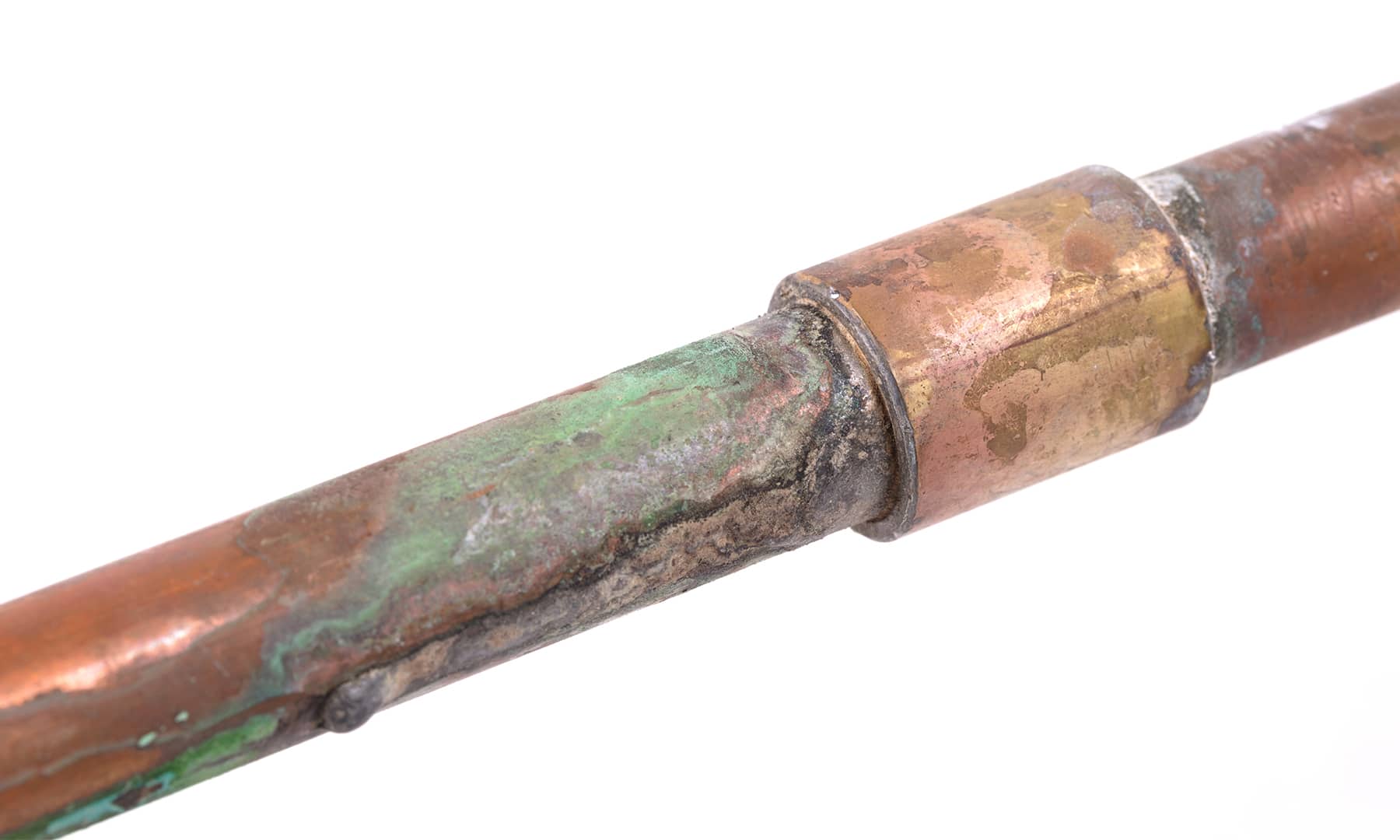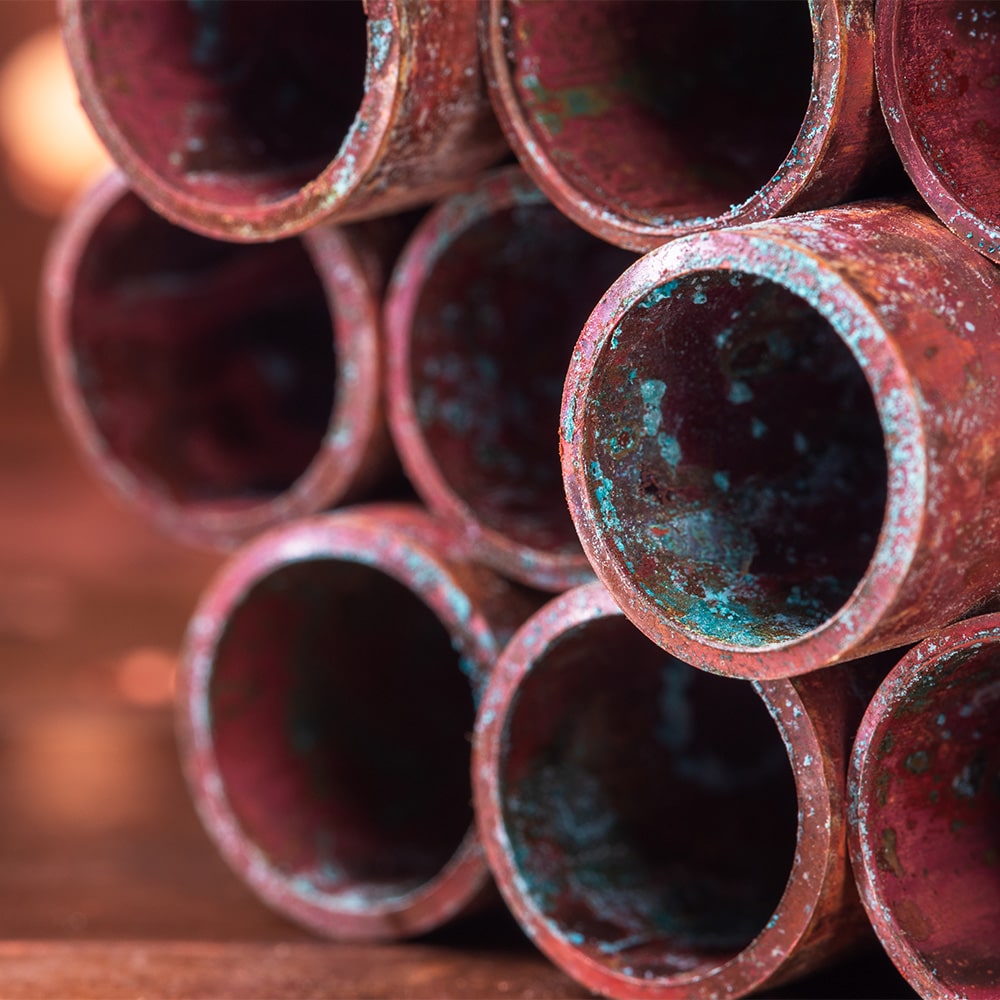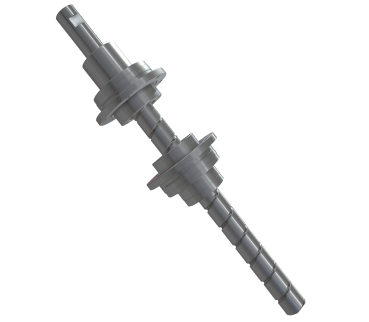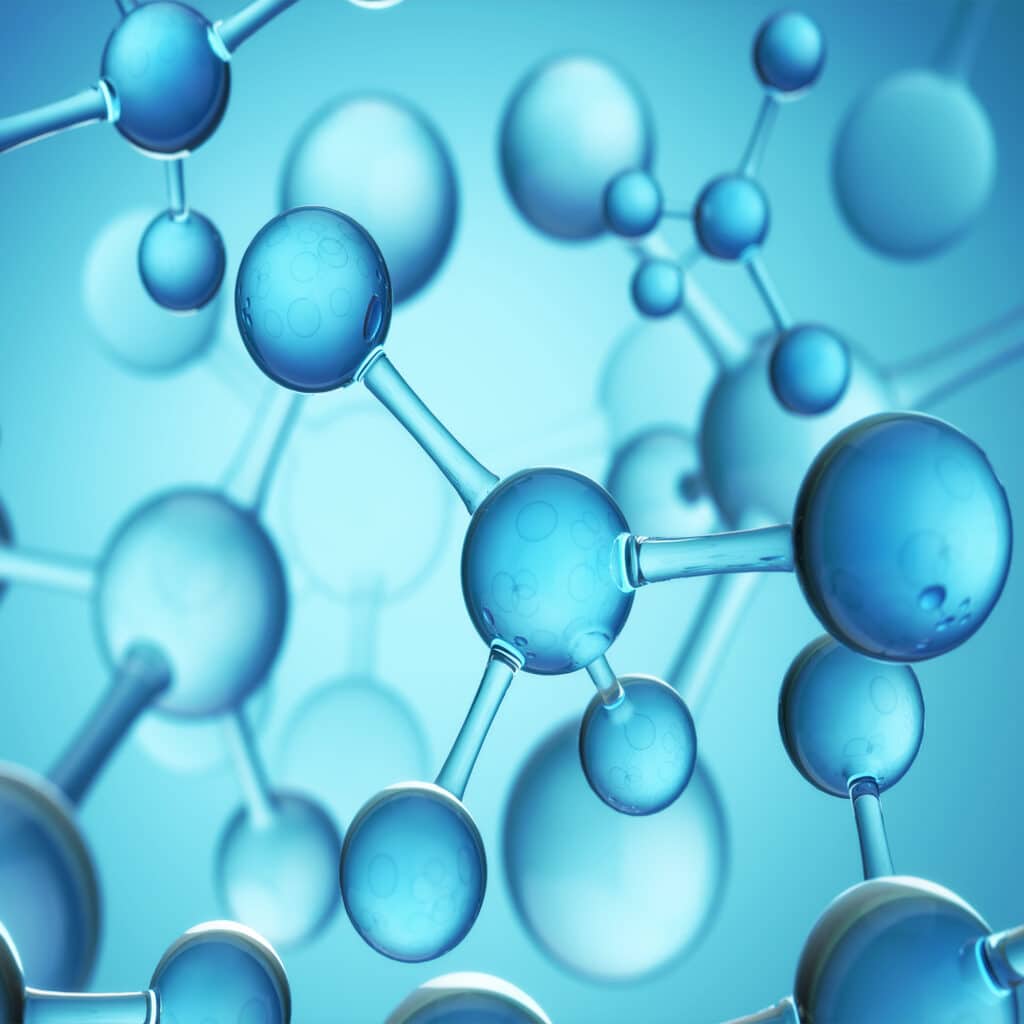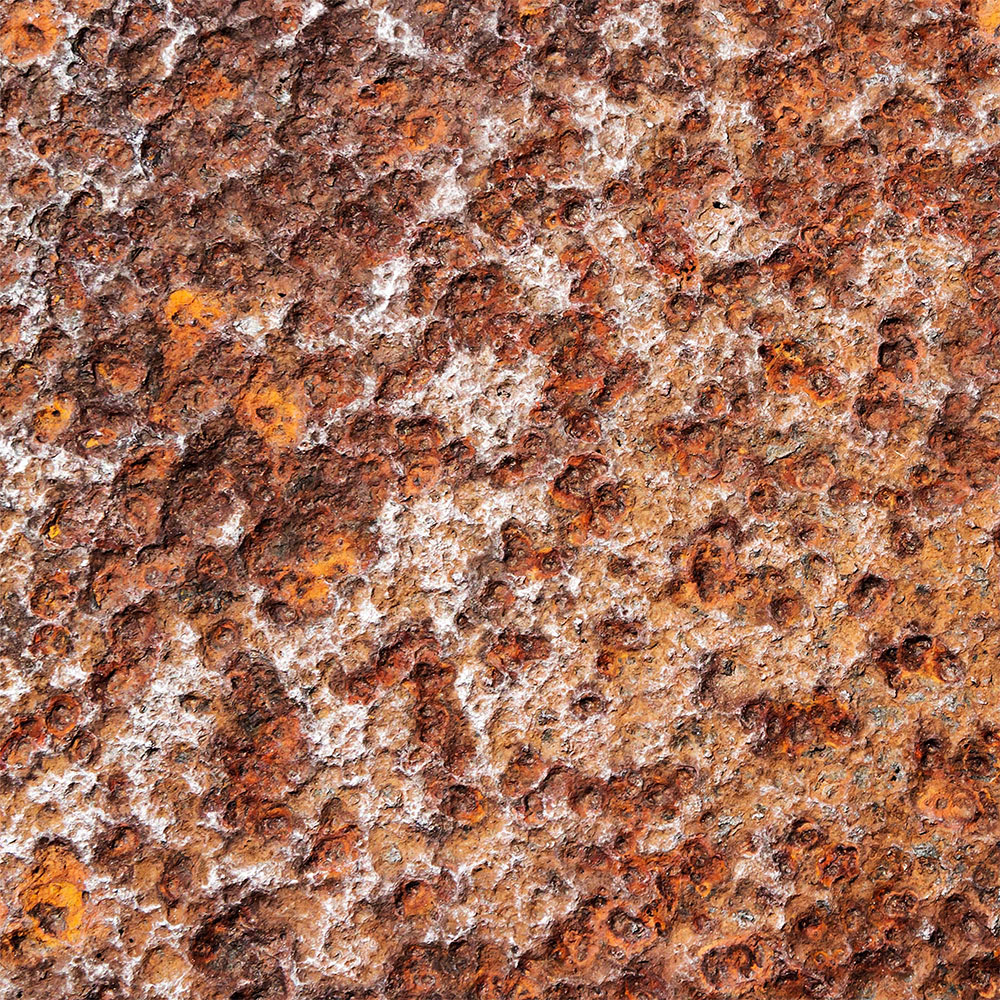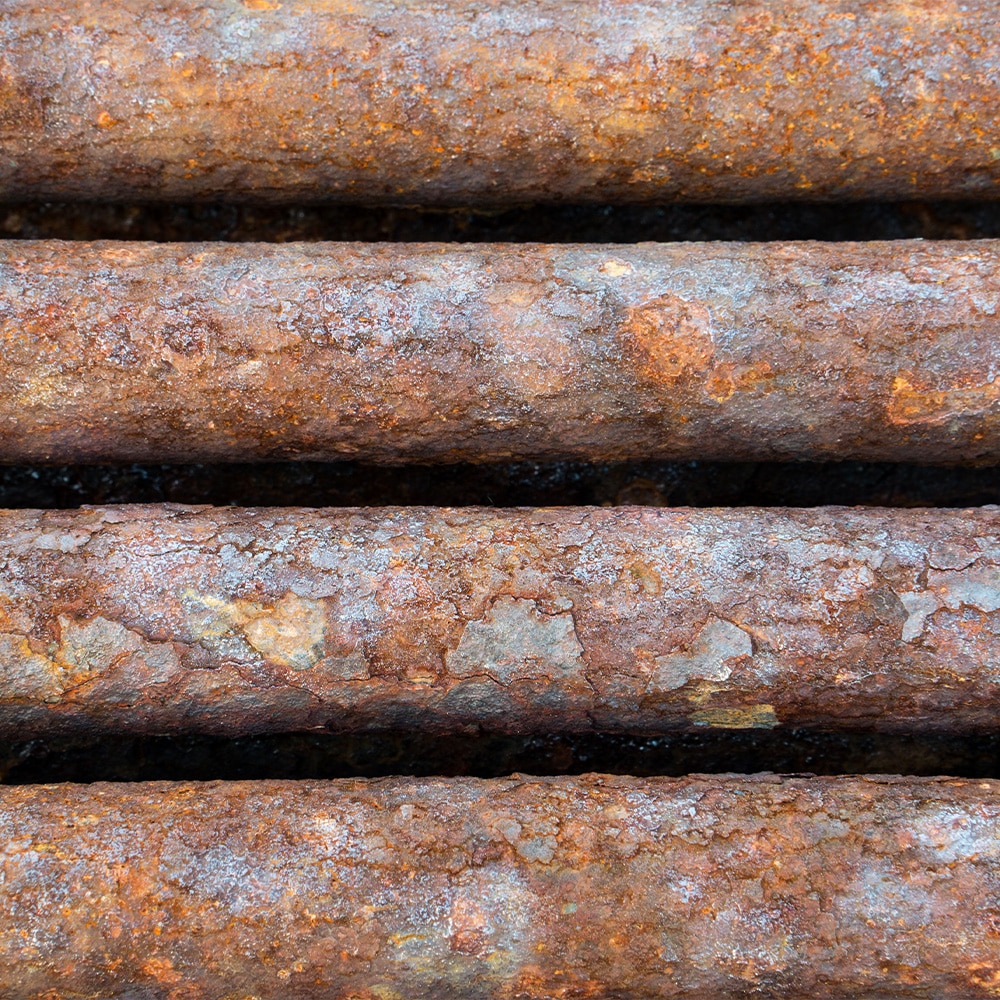One of the most well-known examples of dealloying (or selective leaching) is dezincification of brass. In this process, zinc is selectively removed from brass — an alloy of copper and zinc — when it’s exposed to aggressive environments, especially those containing chlorides or mildly acidic water.
As zinc dissolves out of the alloy, a weakened, porous structure made mostly of copper remains. This deterioration significantly reduces the strength, ductility, and pressure-holding capacity of brass components.
Where it happens: Dezincification frequently affects brass plumbing fittings, valves, and pipes in municipal water systems or industrial cooling circuits — especially when water chemistry isn’t properly controlled.
